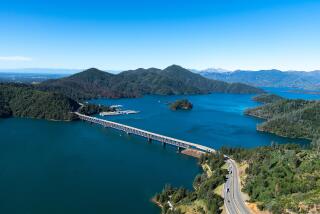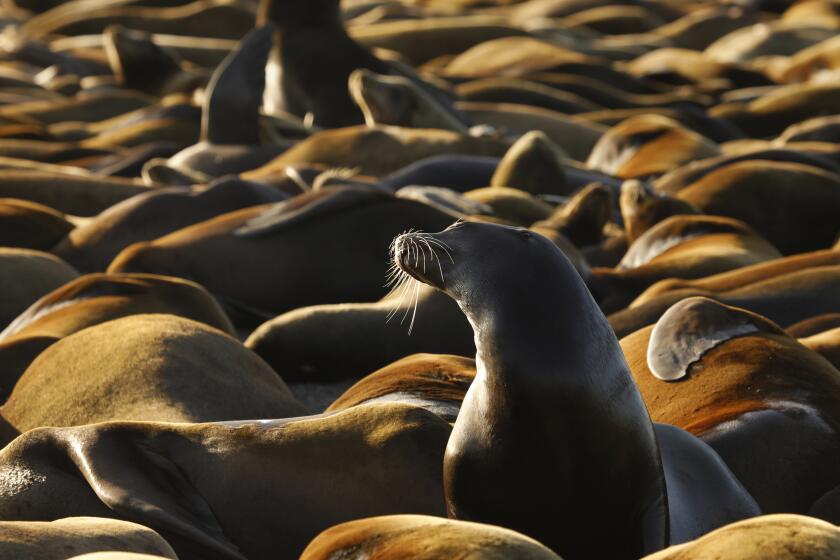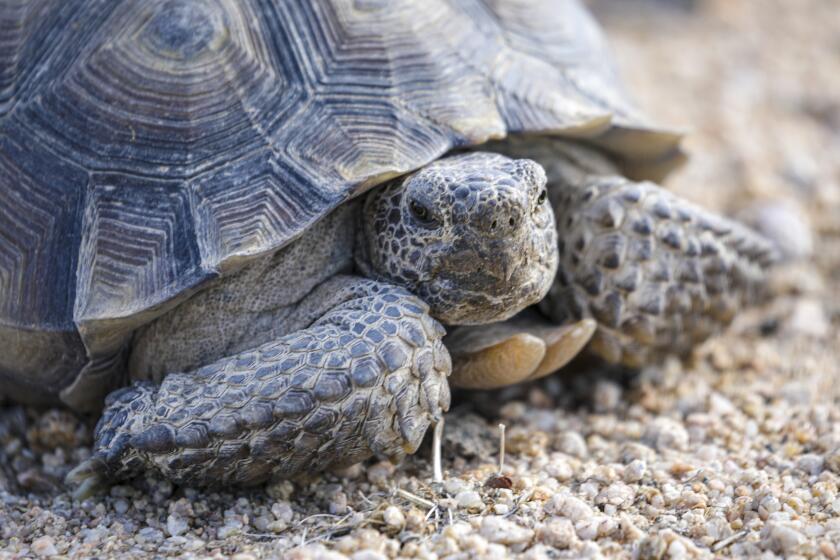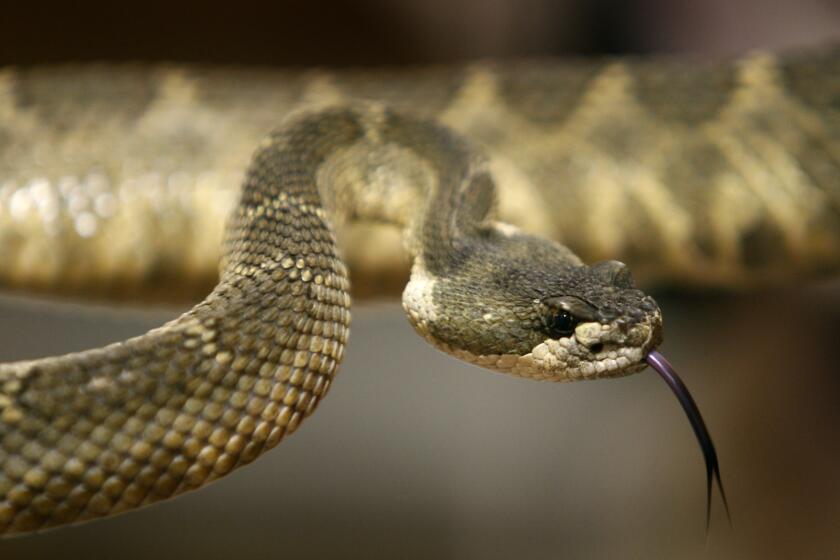U.S. Sharply Curtails Pacific Salmon Harvest
With the number of salmon off the West Coast at an all-time low, federal regulators voted Friday to impose unprecedented restrictions on this year’s commercial harvest, including a ban on fishing from Mendocino County to central Oregon.
The Pacific Fisheries Management Council’s decision, which imposes tough restrictions on fishing along the entire coasts of California, Oregon and Washington, spells financial ruin for many commercial fishermen who depend on salmon to carry them through the year. Recreational salmon fishing will also be curtailed.
“They provided the least amount of season possible without total closure,” said Zeke Grader, spokesman for the Pacific Coast Federation of Fishermen’s Assns. “It’s going to create some real hardships.”
For decades, the salmon that spawn in the rivers of the West have been in decline. Dams have blocked their migration upriver to spawn. Logging and cattle grazing have filled streams with silt, covering many spawning grounds.
In addition, diversions to farms and cities have left many rivers with too little water for salmon to thrive.
Finally, six years of drought in California and this year’s El Nino weather pattern--a warming trend that has reduced the salmon’s food supply in the Pacific--have brought the salmon to the brink of crisis.
“It’s really dismal,” said Scott McDermid, head of the Noyo Harbor Salmon Trollers Assn., which works the Mendocino coast. “It would be a lot more palatable if we had gone out and caught too many fish. When mismanagement does it to us, it’s unforgivable.”
Two species of salmon, the Sacramento River winter-run chinook and the Snake River sockeye, have been declared threatened or endangered. Others are under consideration for listing.
“Today’s decision by the Fisheries Management Council is the result of decades of environmental abuse,” Sierra Club President Phillip Berry said. “The severe economic, social and ecological cost of abusing our rivers and forests drives home an important lesson: When we mistreat our precious natural resources, we harm ourselves.”
Traditionally, the Pacific salmon season ran from April 15 to Sept. 30. Last year, the season was pared back so much that along the northern coast of California, some fishermen were able to spend only two months on the water.
The fishery council’s decision--after four days of hearings in the Bay Area and earlier sessions in the Pacific Northwest--was driven by the plight of the Klamath River, whose salmon stocks have suffered the greatest decline.
The Klamath, which runs from southern Oregon and the Trinity Mountains of California into the Pacific Ocean near Crescent City, has been an important contributor to the fish catch off Northern California and much of Oregon.
This year, however, only an estimated 31,000 salmon are expected to return up the river to spawn--fewer than the 35,000 minimum the council said is needed for the fishery to survive.
Fishermen and environmentalists blame the Klamath’s problems in part on the diversion of water from the coastal river system over the mountains to the Central Valley, where it joins the Sacramento River and is pumped south to farmers and city dwellers.
The restrictions voted by the council limit the commercial harvest this year on the West Coast to one-fifth of the average annual take reported over the past 15 years. The number of salmon that can be caught will be barely more than half the take in 1983, until now the worst season ever.
Members of the council were torn between preserving the Klamath River salmon and preventing destruction of the West Coast’s fishing communities.
The 12-member panel also was frustrated with its inability to govern the fish’s habitat and restore the water supplies that would improve the salmon’s chances of survival.
“The frustration I feel is we have this wonderful wild fish, and we’ve mucked it up--not us, but society,” said Boyd Gibbons, director of the California Department of Fish and Game and a member of the panel. “The problem is not here with the hook and line, but inland with the plows and concrete.”
At one point, the council considered a total ban on recreational and commercial fishing this year. The conservation plan voted by the council would ban all salmon commercial fishing only from Point Arena in southern Mendocino County to north of Coos Bay, Ore. Recreational fishing would be allowed at certain times.
Along the rest of the West Coast, from Mexico to Canada, some fishing would be allowed but rules would limit the season to as little as two months and set quotas for the number of salmon that could be taken.
The council’s recommendations, which govern fishing in U.S. waters from three miles to 200 miles offshore, must be approved by U.S. Commerce Secretary Barbara Hackman Franklin before taking effect. Approval is usually a formality.
The California Fish and Game Commission, which regulates fishing along rivers and within three miles of the coast, usually adopts the federal plan. It will consider the regulations next week.
As their numbers dwindle, the destruction of salmon continues. Earlier this month, scientists found that one-third of this year’s winter-run chinook fry in the Sacramento River were sucked into pumps operated in the Sacramento-San Joaquin Delta by state and federal water projects.
Among the baby salmon killed were hundreds, possibly thousands, that had been spawned in an experimental captive breeding program--also operated by the federal government.
Jim Lecky, a biologist with the National Marine Fisheries Service, said between 4,000 and 14,000 winter-run fry were killed at the delta pumping stations. Last year, only 191 of the threatened species--once popular for sportfishing--made it up the river to spawn.
More to Read
Start your day right
Sign up for Essential California for news, features and recommendations from the L.A. Times and beyond in your inbox six days a week.
You may occasionally receive promotional content from the Los Angeles Times.






